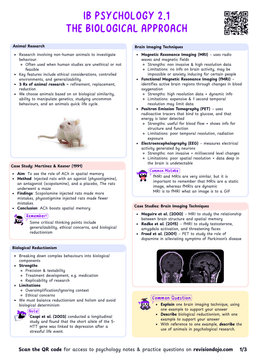Classification Keeps Us Organized
Classification
Classification is the process of organizing living organisms into groups based on shared traits or evolutionary origins.
With millions of species and new ones being discovered every year, there are many reasons why classification is helpful.
1. Managing Biodiversity
- Classification provides a universal framework to systematically name, identify, and study organisms.
- Without it, studying or even naming a new organism would be disorganized.
2. Facilitating Identification
- Organisms can be correctly named and recognized only through classification.
- Once classified, scientists can link a species to all the existing research about it.
- Knowing an organism is eukaryotic places it in the domain Eukaryota.
- Identifying mammary glands or fur narrows it to the class Mammalia.
- This hierarchical process makes identification systematic and accurate.
When identifying an organism, start by observing broad characteristics (e.g., cell type, presence of a nucleus) and then move to more specific details (e.g., mode of reproduction or anatomical features).
3. Preventing Duplication and Errors
- Without a universal system, the same species could be described multiple times under different local names.
- Alternatively, distinct species could be mistakenly grouped together.
- Always emphasize standardization when explaining the value of classification.
- Biologists worldwide can share unambiguous information.
4. Understanding Evolutionary Relationships
- Classification highlights evolutionary pathways by grouping organisms according to shared ancestry.
- Molecular evidence (DNA and protein sequence data) complements morphology to reveal true phylogenetic relationships.
Humans and chimpanzees were once thought to be distantly related, but molecular classification confirms that they share over 98% of their DNA.


